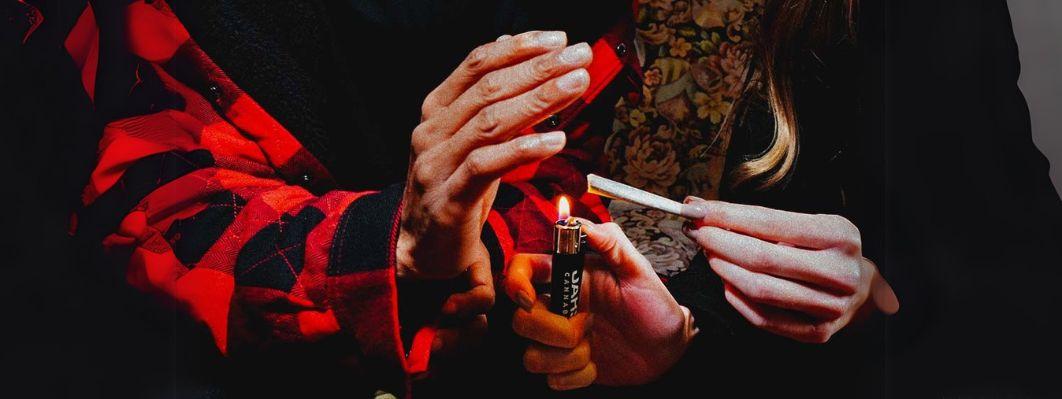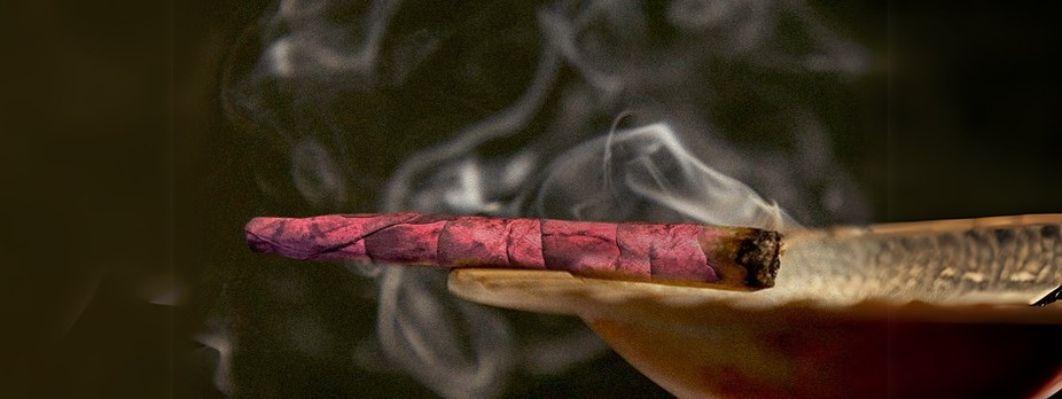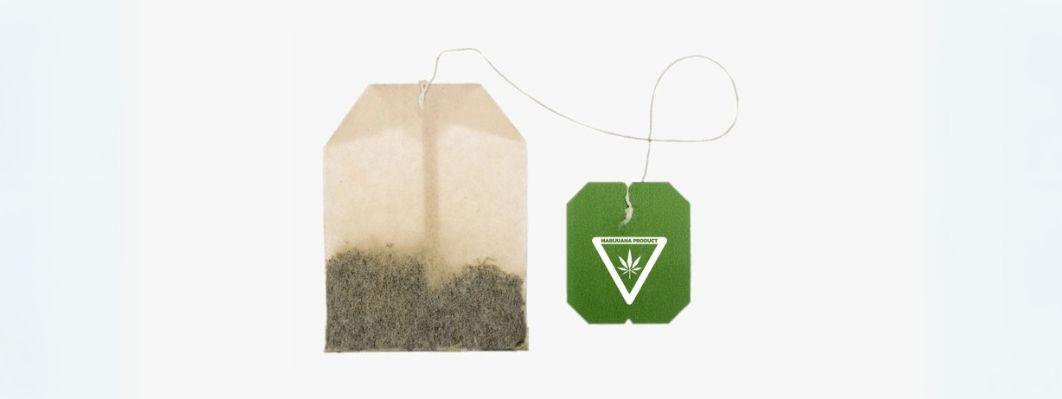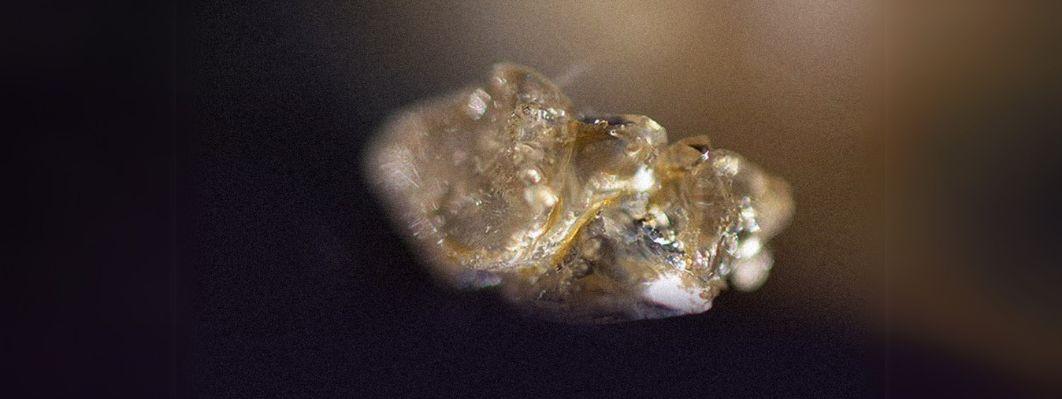A cannabis contact high, also known as secondhand high, is possible but typically limited. Inhaling secondhand cannabis smoke may introduce trace THC, but the effect is generally mild and unlikely to cause a significant high unless in an unventilated space with heavy smoke exposure.
We’ve all heard stories about getting a contact high — meaning when you’re in the same room as your buddies who are smoking and you get lit without even hitting the joint. You may have even heard stories of someone failing a drug test because they went to a party where people were smoking, even though they never took a single puff.
But is a cannabis contact high real or just a tall tale? Read on to get to the bottom of this cannabis mystery.






